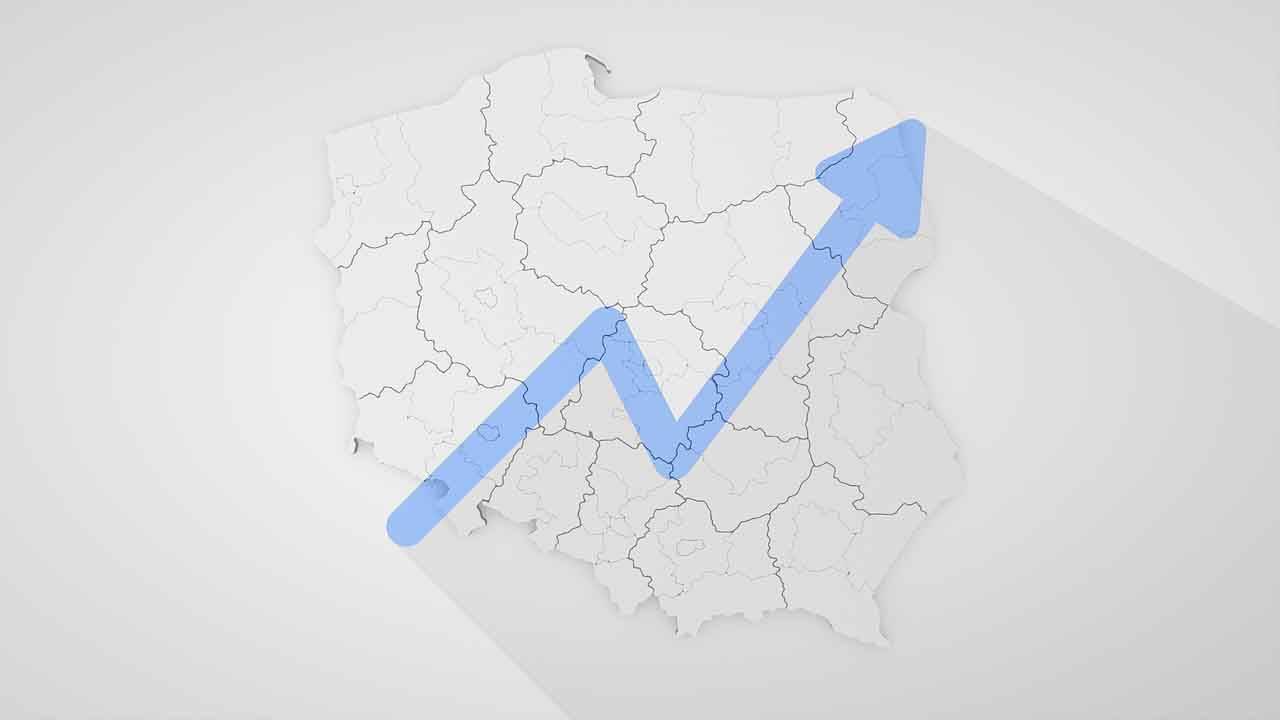Poland’s economy is set for a strong recovery in 2025, with GDP growth projected to surpass 4%, driven by accelerated individual consumption and investment. Inflation is expected to decline to approximately 4%, while unemployment rates will remain low. The Monetary Policy Council is likely to reduce interest rates, marking a pivotal year for Poland’s short-term economic outlook.
After a lackluster 2023 and a moderately successful 2024, Poland’s GDP is forecasted to grow at an annual rate of 4.1%. While the beginning of the year may see growth hovering around 4%, the latter half is anticipated to surge above 4.5%. The growth will primarily be fueled by a rebound in domestic demand, with a particular emphasis on individual consumption and investments.
Consumption and Investments to Drive Growth
The recovery in 2025 hinges on significant domestic demand growth, supported by rising individual consumption and a resurgence in investments. Following a sluggish 2024, investments are expected to rebound due to the inflow of funds from the National Recovery Plan. Simultaneously, individual consumption will benefit from increasing real wages, bolstered by the government’s generous social policies.
Poland’s industrial sector, which remains relatively robust compared to other EU nations, will also play a supportive role in economic growth. Despite the projected reduction in interest rates, anticipated to exceed 5% by the end of 2025, the impact on GDP will likely be minimal.
No Austerity Measures in Sight
Contrary to expectations, the government’s 2025 budget law suggests there will be no austerity measures to address the fiscal deficit. The budget, optimistic as always, carries risks of slower-than-anticipated revenue growth.
While the GDP growth forecast is promising, several uncertainties could disrupt these projections. The United States’ policy directions and the implementation speed of Donald Trump’s electoral promises remain unclear. Additionally, the outcome of Poland’s presidential elections in May could significantly impact economic stability. A shift in political leadership might result in legislative stagnation, prolonged judicial impasses, and potentially even early elections, all of which could affect Poland’s international standing.
Stable Labor Market
The labor market is expected to remain the most stable component of Poland’s economy in 2025, with unemployment rates staying below 5.5% throughout the year. Improvements in social dialogue, particularly noticeable at the end of 2024, are likely to continue, especially as Poland takes on the presidency of the EU Council.
Inflation Above NBP’s Target
Inflation is projected to stay above the National Bank of Poland’s target range, particularly in the first half of the year, with quarterly inflation rates exceeding 4%. A gradual decline in price growth is expected in the second half of 2025, bringing rates closer to 3.5%.
The uncertainty surrounding energy prices remains a key factor. A potential lifting of price caps in September 2025 could pose challenges; however, global energy production trends are expected to mitigate significant price increases for Polish households.
Poland’s economic outlook for 2025 is optimistic but hinges on domestic and international developments. While robust consumption and investment growth are anticipated, external and political uncertainties may shape the country’s economic trajectory in the coming year.
